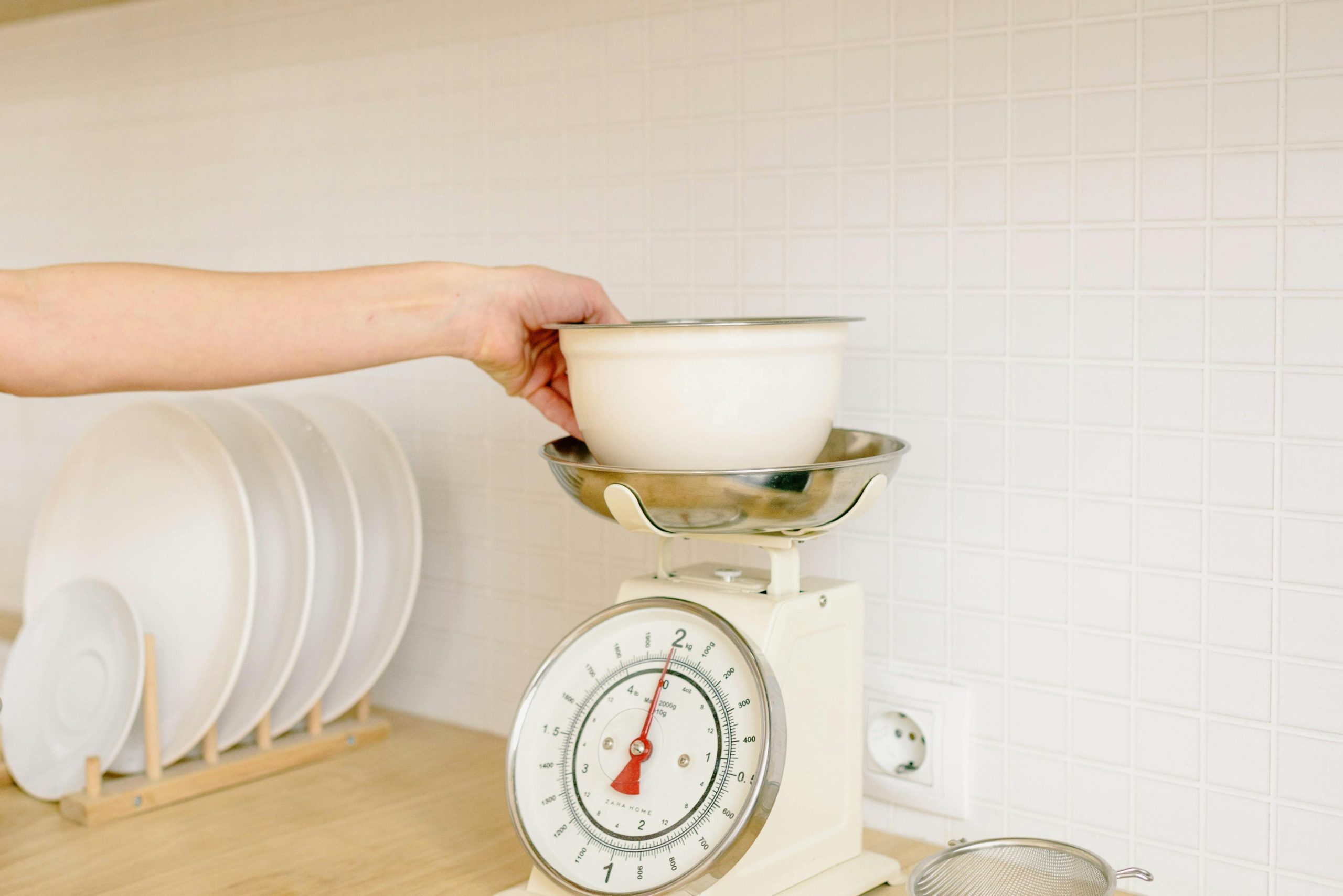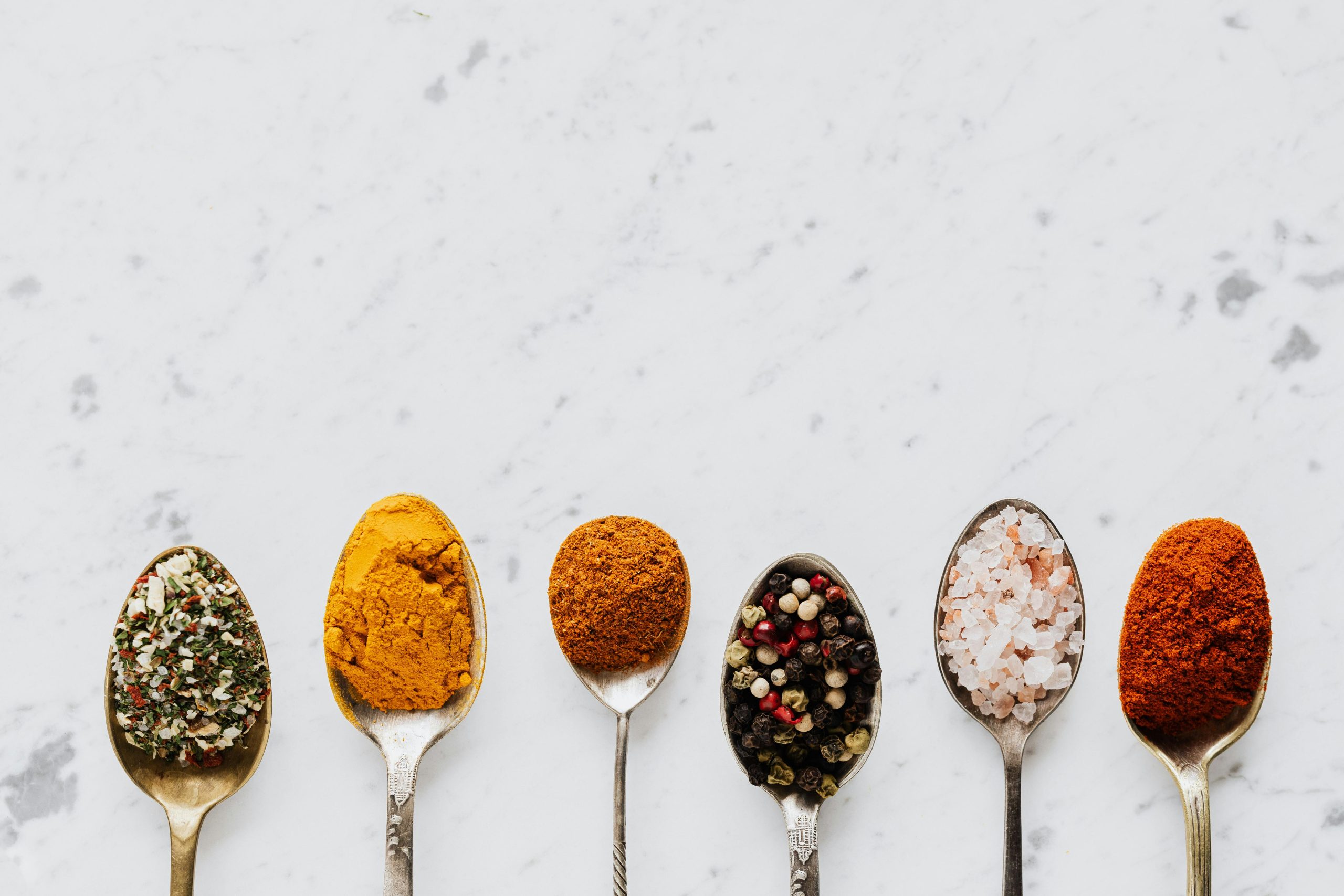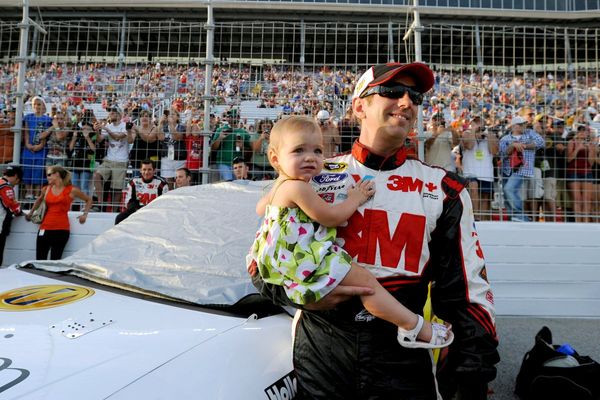The logic of buying in bulk seems simple: a larger package should always offer a lower price per unit. Warehouse clubs and the “family size” section of the grocery store are built on this very promise. However, retailers and manufacturers sometimes use deceptive pricing strategies that turn this logic on its head. In a surprising number of cases, the large bulk item is more expensive per ounce or unit than its smaller counterpart, tricking shoppers who assume that bigger is always a better deal.

1. Cereal
The “family size” or “value size” box of cereal is a classic example of this pricing trick. Stores will often put the standard-sized box on a deep sale, making its price per ounce significantly lower than the much larger box sitting next to it. Shoppers who are conditioned to believe that the bigger box is the better value will grab it without checking the unit price, ultimately paying more for their breakfast.
2. Condiments
Condiments like ketchup and mayonnaise are another category where bulk is not always better. A huge, restaurant-sized container might seem like a great deal, but you should always compare its unit price to the standard-sized bottle. It is not uncommon for a sale on the regular size to make it the cheaper option, and you avoid the risk of the bulk container going bad before you can finish it.
3. Soda and Soft Drinks
When a supermarket runs a promotion on soda, it is almost always on the standard 12-pack of cans. This can often bring the price per can down to a level that is much cheaper than the price per can in a large 24- or 36-pack “cube” from a warehouse club. Shoppers who only look at the overall price of the large package miss the fact that they could have saved money by buying two smaller packs instead.
4. Pre-Packaged Snacks
Multi-packs of snacks, like a large box containing 20 individual bags of chips or cookies, are a staple of bulk buying. However, you are paying a premium for the convenience of the individual packaging. You will almost always find that buying one or two large, family-sized bags of the same chips and portioning them out yourself is a much cheaper option per ounce.
5. Laundry Detergent
The giant “value size” jug of laundry detergent is not always the best deal. Manufacturers and stores know that consumers assume it is, so they will often run more aggressive sales on the standard-sized container. This can make the price per load cheaper for the smaller bottle. You must ignore the “150 Loads!” marketing on the front of the big jug and check the unit price tag.
6. Certain Spices

While buying spices from an international market is a great deal, buying the large “pro” size container of a spice from a regular grocery store can be a rip-off. These large plastic containers of garlic powder or black pepper often have a higher price per ounce than the small glass jars. The store is counting on you to assume the bulk version is the better value without doing the math.
The Power of the Unit Price
The only way to protect yourself from these deceptive pricing tactics is to ignore the marketing and the overall price of the package. The most important number on the shelf tag is the unit price, which tells you the cost per ounce, per pound, or per item. By making a habit of comparing the unit price on every purchase, you can ensure that you are always getting the best possible deal, regardless of the package size.
Have you ever caught a bulk item that was more expensive per ounce than the smaller version? What’s the most surprising pricing trick you have ever seen? Let us know!
Read More
7 Food Items That Are Too Dangerous to Store in Bulk
10 Things You Bought in Bulk But Shouldn’t Have
The post 6 Bulk Items That Cost More Per Ounce Than Buying Small appeared first on Grocery Coupon Guide.







